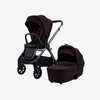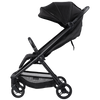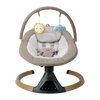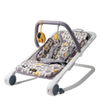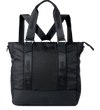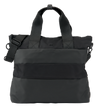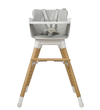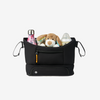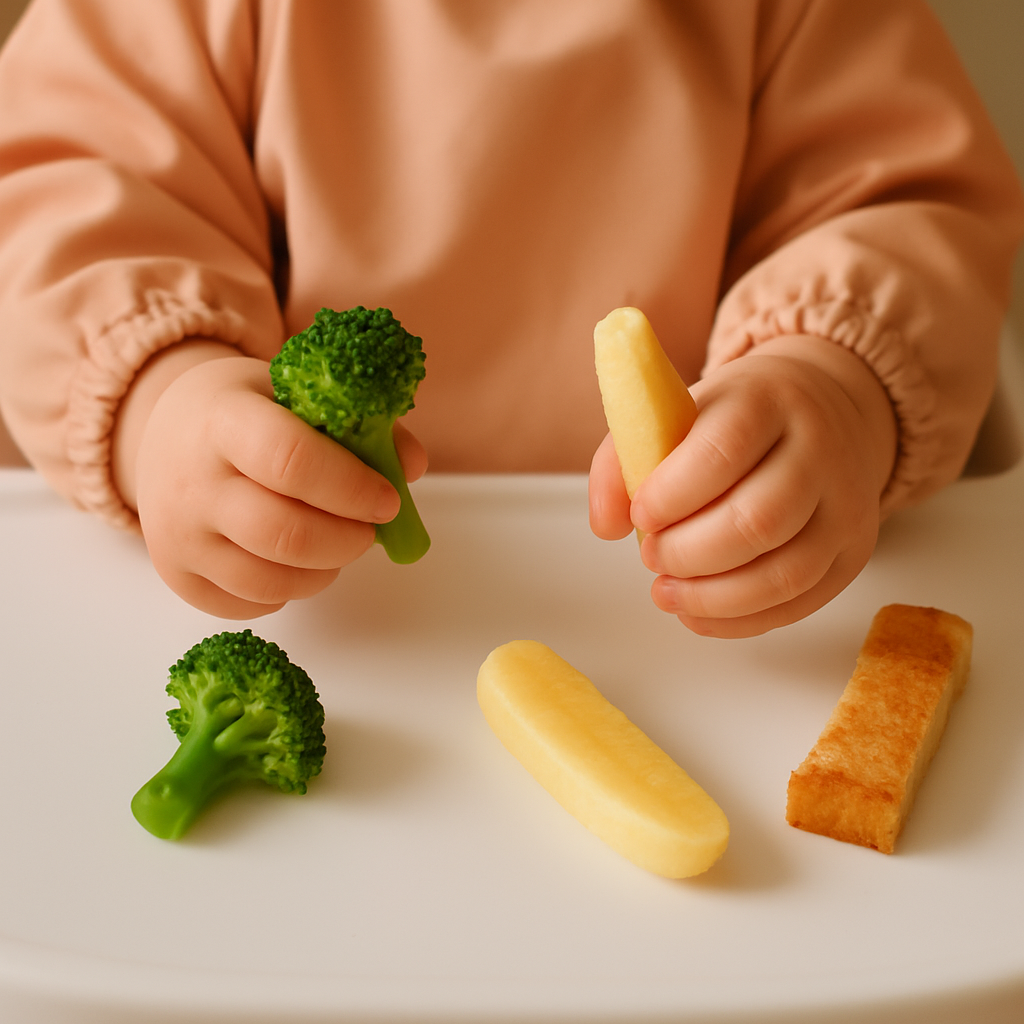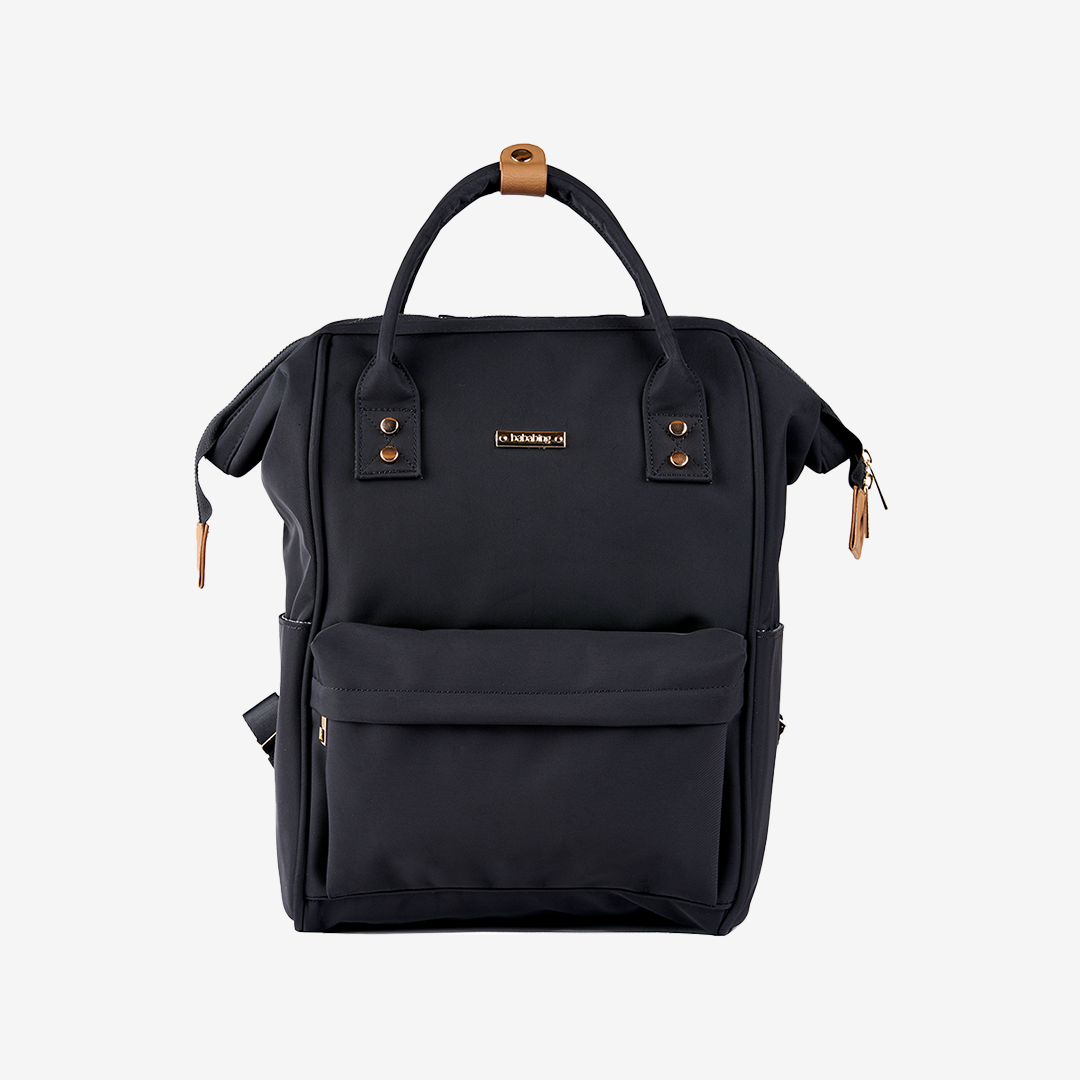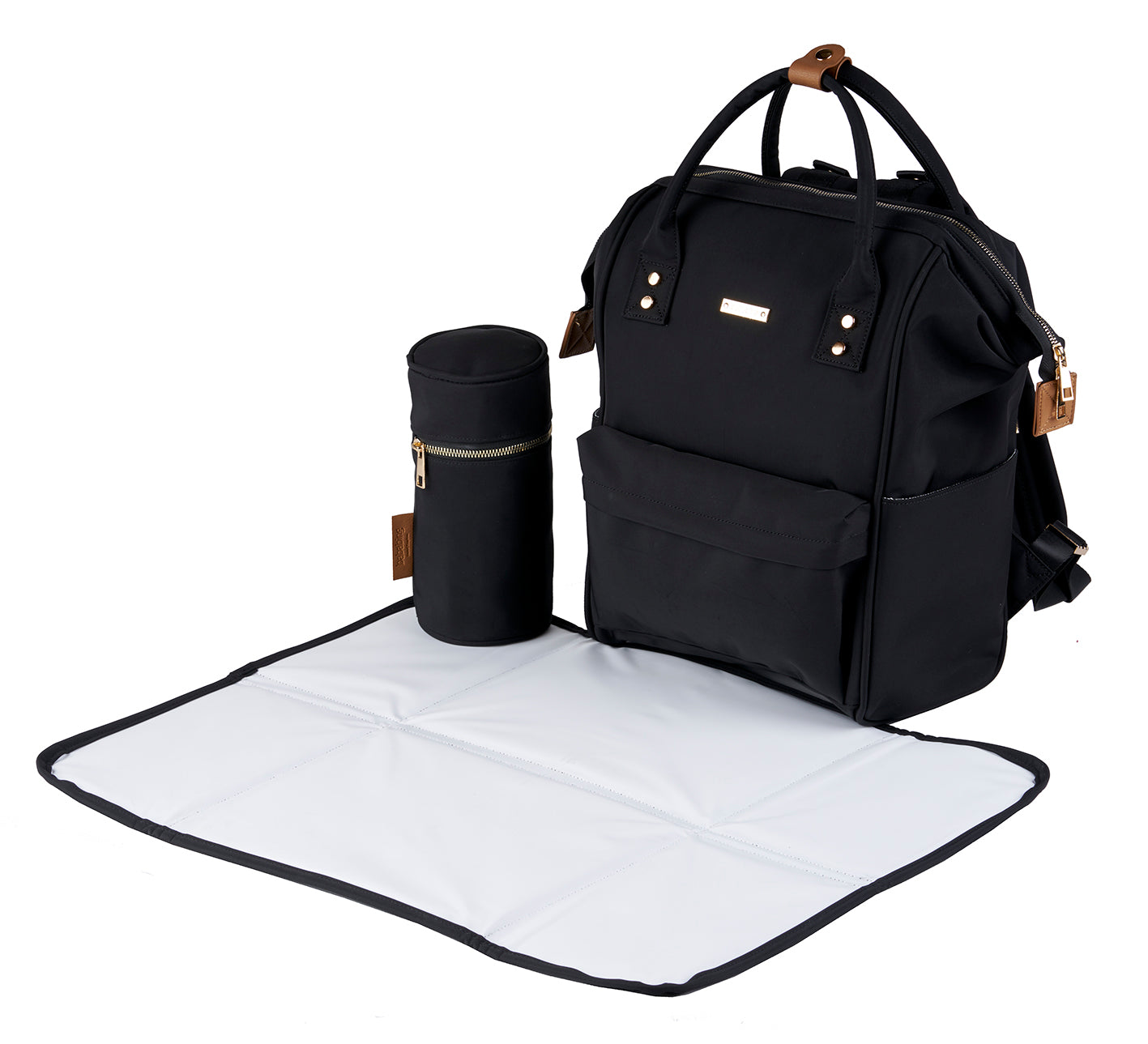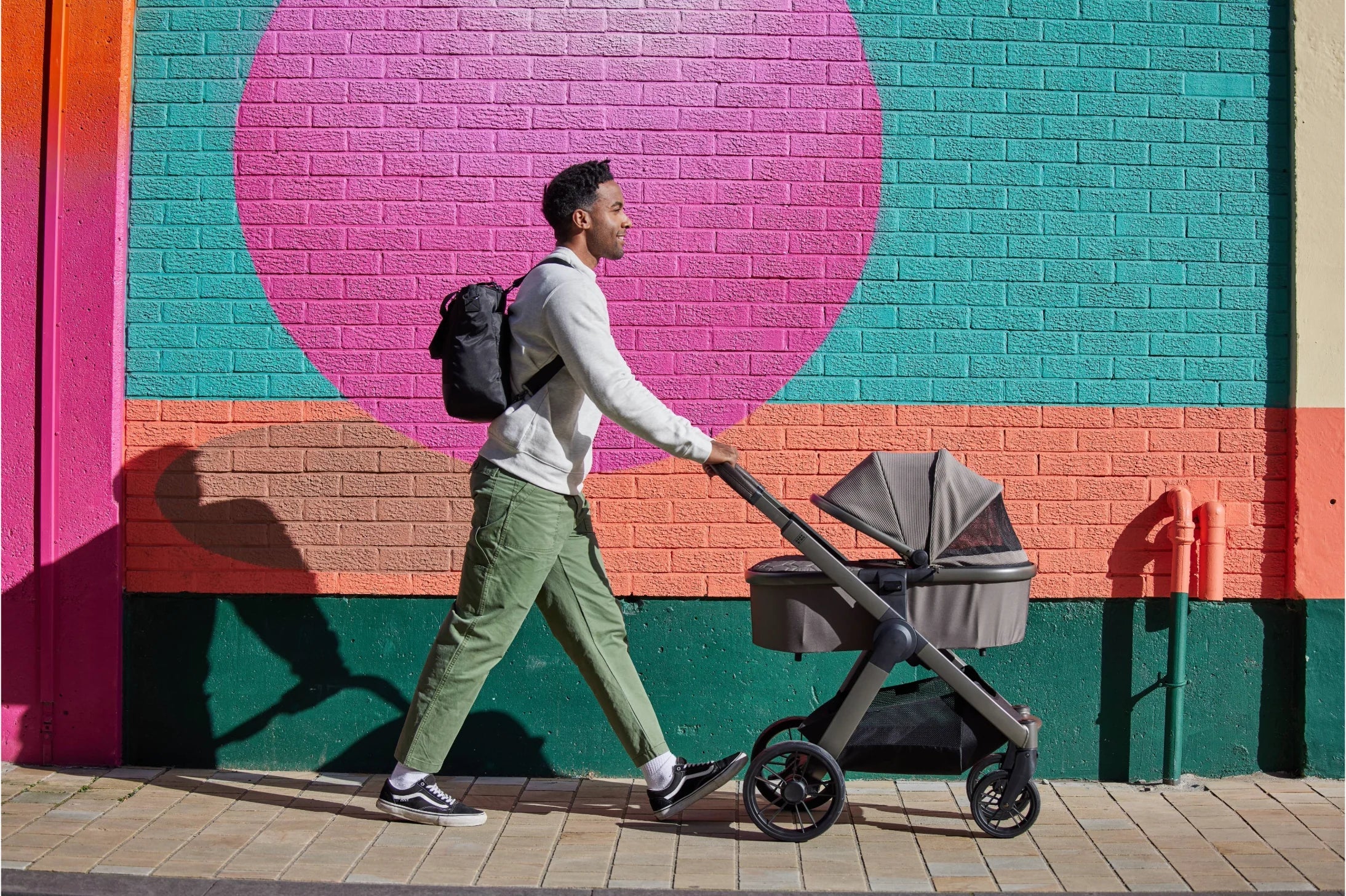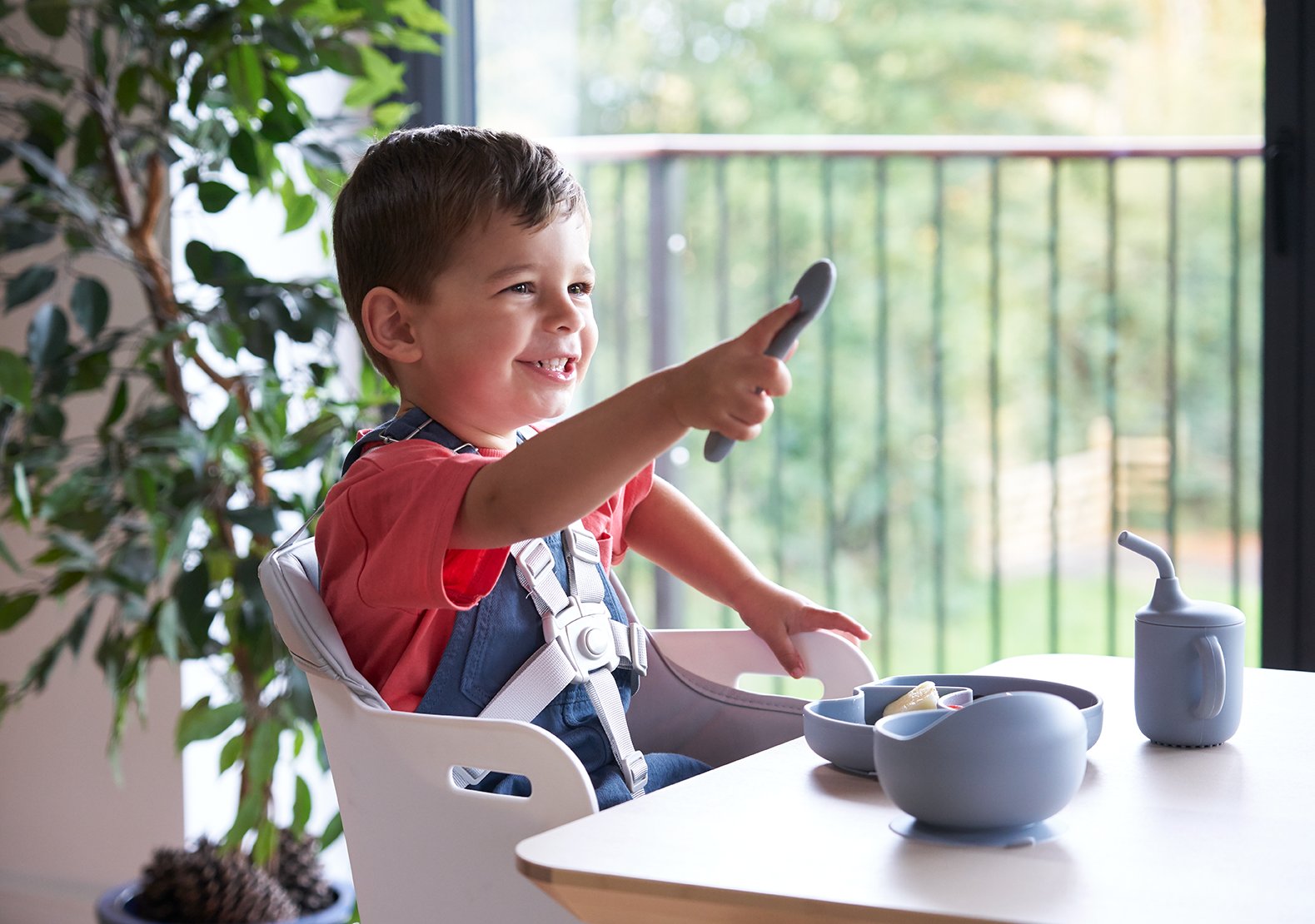Quick Start Guide:
👶 What Is Baby-Led Weaning and Why Are Parents Choosing It?
Baby-led weaning is a feeding method where babies feed themselves solid foods from the start—usually from around six months—rather than being spoon-fed purées. Instead of relying on jars and mash, parents offer soft finger foods in safe shapes and sizes that babies can explore and eat on their own.
This approach has become increasingly popular as it supports independence, hand-eye coordination, and shared family mealtimes. Many parents choose baby-led weaning because it allows their child to control how much they eat, encourages sensory development, and can help reduce picky eating later on.
In 2025, baby-led weaning is trending across social media, with TikTok and Instagram filled with videos of babies eating everything from avocado toast to steak and coconut. But not all of these meals are safe. That’s why understanding what baby-led weaning really involves —and how to do it safely—is more important than ever.
While baby-led weaning can be a healthy, enjoyable process , it’s crucial to follow official guidelines and be aware of choking hazards. This guide will help you separate fact from viral fiction, so your baby can explore solid foods safely and confidently.
🩺 Baby-Led Weaning vs NHS Guidelines: What’s Actually Safe?
If you’re considering baby-led weaning , it’s essential to follow the trusted guidance provided by the NHS . According to NHS advice, babies should start solid foods at around 6 months old , whether through traditional spoon-feeding or self-feeding methods like baby-led weaning. At this age, most babies can sit up unaided, bring food to their mouths, and chew soft textures—even without teeth.
The key to safe baby-led weaning is texture and size. Many viral videos feature babies eating hard foods or large chunks of meat, but these can pose serious choking risks. The NHS recommends offering foods that are soft, mashable, and cut into finger-sized pieces that your baby can grip easily.
Choking hazards to avoid include:
Whole grapes (unless quartered)
Raw apple slices
Chunks of meat or steak
Popcorn, whole nuts, and seeds
Hard cheese cubes
Coconut slivers
Even foods that seem healthy can be unsafe if they’re the wrong texture or shape. A piece of steak may look nutritious but could block a baby’s airway. Following NHS baby-led weaning guidelines helps ensure your baby’s safety as they explore solid foods—and gives you peace of mind.
✅ 5 Baby-Led Weaning Safety Rules Every Parent Should Follow
Wait until your baby is around 6 months old and can sit up unaided with good head control.
Offer soft, finger-sized foods that can be squashed between your fingers (e.g. steamed veg, ripe fruit).
Avoid high-risk choking foods like whole grapes, raw apple slices, popcorn, and coconut flakes.
Always supervise your baby during meals —never feed in a moving car, bouncer, or when distracted.
Learn the difference between gagging and choking and consider taking a baby first aid course.
@bababing_world All dads-to-be with spreadsheet shopping lists welcome at our store! 💕 #babyshopping #newparents #dadtobe #crib #babybouncer #newbornessentials #travelsystem #babyshopping ♬ original sound - Bababing!
📱 Viral Baby-Led Weaning Meals That Could Be Dangerous
If you’ve spent any time on parenting TikTok lately, you’ve likely seen videos of 10-month-old babies munching on steak, coconut slivers, or raw veggies. While these clips may get thousands of likes, they don’t always show the full picture—or the real risks of baby-led weaning when done unsafely.
Some of the most shared meals feature:
Grilled meat in chunks
Thick toast with tough crusts
Raw carrot sticks
Slippery foods like melon balls
Coconut flakes
These may seem exciting, but they often ignore the golden rules of safe baby-led weaning : softness, size, and supervision.
The danger is that parents may copy these meals without realising that they go against NHS safety advice. A baby's airway is incredibly small, and food that’s too firm or too large can block it within seconds. Coconut, for example, may seem soft but is fibrous and difficult for young babies to chew.
Baby-led weaning doesn’t mean giving babies everything adults eat —it means adapting real food so it’s developmentally safe. Viral content rarely includes the prep details, texture checks, or supervision notes that real-life parenting requires. Use caution before copying what you see online.
🥦 Safe First Foods for Baby-Led Weaning: What to Offer and What to Avoid

Starting baby-led weaning can feel overwhelming—but with the right foods, it becomes simple and enjoyable. Here's a helpful table showing safe vs unsafe options for babies aged 6 to 12 months, based on NHS guidance.
| ✅ Safe for Baby-Led Weaning | ❌ Avoid for Choking Risk |
|---|---|
| Steamed carrot batons | Raw carrot sticks |
| Banana fingers | Whole grapes |
| Soft-cooked pasta | Chunky bread crusts |
| Avocado slices | Apple slices (raw) |
| Shredded chicken or fish | Chunks of steak |
| Toast fingers with hummus | Crackers or rice cakes |
| Ripe pear or peach (peeled) | Hard cheese cubes |
| Mashed sweet potato | Coconut flakes |
Baby-led weaning works best when foods are soft, easy to grip, and shaped like fingers. If a food can’t be easily squashed between your thumb and forefinger, it’s probably too firm for your baby.
The safest baby-led weaning approach is to keep it simple. Soft veggies, ripe fruits, and mashed proteins are perfect first steps—no exotic recipes required.
🚨 Baby-Led Weaning and Choking Risks: How to Spot the Warning Signs
One of the biggest concerns parents have with baby-led weaning is choking—and rightly so. While gagging is a normal reflex as babies learn to handle food, choking is a medical emergency . Knowing the difference could save a life.
Here’s how to tell them apart:
| 🤢 Gagging (Normal) | 🆘 Choking (Emergency) |
|---|---|
| Noisy and dramatic | Silent or very quiet |
| Baby may cough or splutter | Baby can’t breathe or cry |
| Face may turn red | Face may turn blue or pale |
| Baby often recovers on their own | Needs immediate help |
During baby-led weaning , gagging is common as babies build oral coordination. It may look alarming, but it helps them learn how to chew and swallow safely. Choking, on the other hand, blocks the airway and needs fast action.
It’s highly recommended that parents take a baby first aid course , either online or in person. This builds confidence and ensures you know what to do in a crisis. Never leave your baby unattended while eating—and avoid offering food in car seats or bouncers where supervision is harder.
Baby-led weaning can be safe and empowering —but only when done with full awareness of the risks and how to manage them.
💬 Final Thoughts: Baby-Led Weaning Shouldn’t Be a TikTok Trend
Baby-led weaning has become one of the most talked-about parenting topics online—but that doesn’t mean every video reflects best practice. Social media clips often leave out important safety steps, leading to confusion or unnecessary risks.
If you're just starting out, remember this: baby-led weaning is about letting your baby explore food safely , not rushing through milestones or copying flashy meals you’ve seen on TikTok. The best approach is one rooted in trust, patience, and evidence—not trends.
By following NHS guidance and using common sense , baby-led weaning can be a joyful, mess-filled journey that builds confidence in both you and your baby. Know the difference between gagging and choking, avoid high-risk foods, and stay present during every meal.
Baby-led weaning works best when parents stay calm, informed, and responsive. You’ve got this—and your baby is learning one bite at a time.
💡 What Baby-Led Weaning Is Really About
At its heart, baby-led weaning is about letting your baby explore real food at their own pace. It’s not about hitting milestones early or impressing others on social media. It’s about developing healthy eating habits, confidence, and curiosity around food—with safety always coming first.
When done mindfully and patiently , baby-led weaning becomes a positive experience for the whole family. It's okay to go slowly, adjust textures, or even mix in spoon-feeding when needed. There’s no “perfect” method—just what’s right for your baby.
👣 Your Baby, Your Pace
Don’t feel pressured by viral trends or comparison. Every baby-led weaning journey is different , and what works for one family may not work for another. The best thing you can do is stay informed, trust your instincts, and enjoy the messy, wonderful process of mealtime together.
You know your baby best. And that makes you the perfect person to guide them—bite by bite.
Baby-led weaning means letting your baby feed themselves soft, safe finger foods from around 6 months old.
NHS guidelines recommend avoiding choking hazards like raw apples, grapes, steak chunks, and coconut flakes.
Viral TikTok meals may look impressive, but they often ignore basic safety rules.
Gagging is normal during weaning— choking is not . Know the difference and always supervise mealtimes.
Focus on soft textures, baby-safe shapes, and slow, confident progress. Your baby, your pace.
Q: Who is behind BabaBing?
A: BabaBing was founded by real parents who wanted baby products that actually worked. Our designs come from experience — not guesswork — so every item we create is practical, stylish, and built for real family life. 20 years in business supplying real parents with real products that don't require a second mortgage.
Q: Are BabaBing products safe and tested?
A: Yes, absolutely. All our products are rigorously safety tested and meet UK and EU standards. From baby bouncers to changing bags, safety and quality are always our top priorities.
Q: What makes BabaBing different?
A: We’re not just a baby brand — we’re a parent-powered company. That means we design with common sense, comfort, and convenience in mind. No gimmicks. No fluff. Just clever kit for real families.
Q: Do you have happy customers?
A: Yes! We’re proud of our 5-star reviews and loyal community of parents. Whether it's on Feefo, social media, or direct feedback, real families trust BabaBing to make their lives easier.
Q: Where are you based?
A: We're a UK-based brand, proudly designing all our products here. Our team combines design know-how with hands-on parenting experience to bring you gear that just works.

